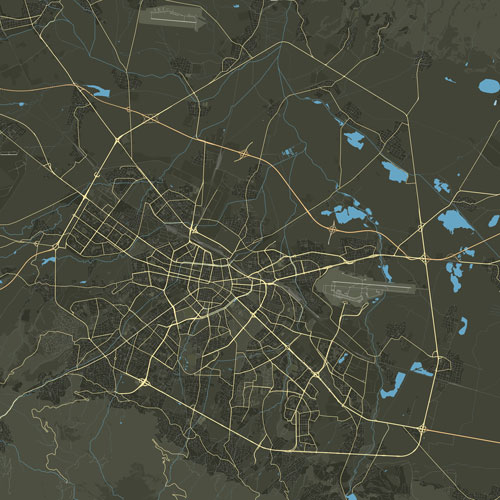It is known from history that in 1876 the Boteva detachment was defeated on Mount Vola. 12 Chetniks, led by Georgi Apostolov, headed for the village of Lyutibrod, but in the “Rashov dol” area near Ritli near Iskar, they were ambushed and killed to death. The leader of the Bashibozuks, Saadatin Effendi, ordered their heads to be cut off, impaled and taken to Orhanie /today’s Botevgrad/. The path of the sinister procession passed through Scravena.
All the inhabitants were brought outside to see the severed heads of the Chetniks as a warning of what awaited them if they disobeyed the enslaver. The village leaders, Georgi Stamenov and Petko Studenkovski, offered a ransom and appealed to the kaymakamina to leave them to them, under the pretext that “the bullies in the cassava would not be frightened by them”.
The Turk looked at the ugly picture, remembered the order from the High Gate not to rise a lot of noise because of European journalists roaming around the empire and agreed that the victims’ heads should remain in Skravena. One of the prisoners, Yashar Cholaka, decided to take two of them to his village of Ugurtsi, now Gurkovo. The women of Skravena washed and wrapped them in homemade cloth ten of the heads of the insurgents and in the courtyard of the village church they were sung and buried by Pope Dimitar and his son Georgi. On June 3, 1930, at the suggestion of Pope Georgi Popdimitrov, they were moved to a special showcase of the church. In 1982 they were It was this ossuary that caused Orhanie to be renamed Botevgrad.
But if the ossuary monument was created to recall a tragic moment from the past, that is not the case with the monasteries “Sveto Preobrazhenie” and “Sveti Nicholas” a few kilometers from Scravena. The fate of the second one is closely related to the history of an old settlement called Gramade. According to the legend of priest Philip Ivanov from Chelopech, Saint Nicholas himself appeared in a dream, who told him that he saw a monastery “landing like a big white bird on the hill”, destroyed by the Turks, and tasked him to find it. He started digging and soon he came upon a solid wall of stone and mortar, and then discovered the remains of a cell with six skeletons. A new temple was built on these foundations. Many helped, but the main credit went to the nun Lyudmila, who came here after a dream. She collected aid for a long time, overcame all obstacles and managed to finish the construction. She found her eternal peace under the centuries-old oak tree in the yard.
The Holy Transfiguration Monastery is quite remote and can only be reached on foot. The monastery is not active, but it has an interesting history. It is believed to have been founded during the time of Ivan Asen II. It was a school where clergymen were trained, then assigned to serve in other churches and monasteries. Destroyed and rebuilt around 1632, when it was probably painted by Pimen Zografski. It was later destroyed again. In 1915, Prof. Petar Mutafchiev, during a tour of the monasteries in Northern Bulgaria, discovered remains of the church, the building of which was restored in 1930.
Work time:
Winter period:
from December to February: Monday – Friday: 09:00 – 12:00 and 14:00 – 18:00.
Summer period:
from March to November: Monday – Friday: 09:00 – 12:00 and 14:00 – 18:00 Saturday and Sunday: 10:00 – 18:00
Entrance fees:
Regular BGN 2
Reduced BGN 1
Contacts:
The information center for the service of the Kostnitsa Monument in the village of Skravena is located in the community center building!
Those wishing to visit can call on the phone; 071372044-citalishte, 0890576512 – Tsanka Yordanova

